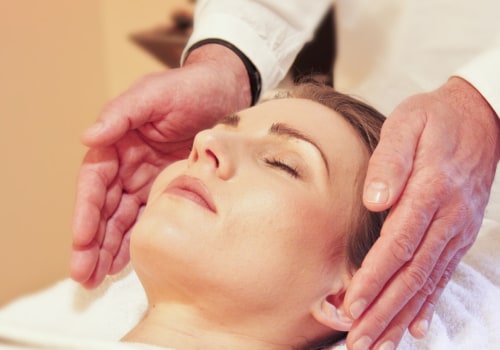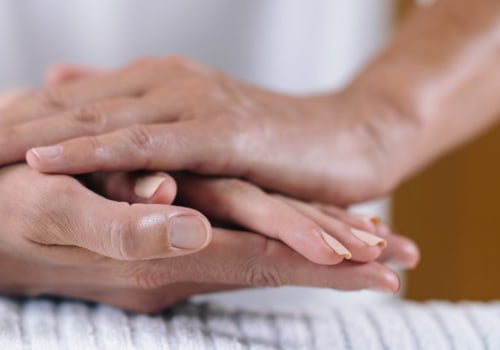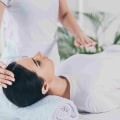Reiki, as practiced in the United States, today, dates back to the teachings of Mikao Usui in Japan in the early 1920s. Usui was a lifelong spiritual aspirant, a lay monk with a wife and two children.
Reiki
is an energy-based approach to healing that originated in ancient Tibetan Buddhist teachings. Reiki was “rediscovered” in the 19th century and, according to other therapies based on Asian medical systems, assumes that physical and emotional deficiencies are related to abnormalities of a person's energy or biofields.Chapter 17 presents a more complete description of Reiki, including its history, its application to health and healing, and a review of its scientific literature, along with a discussion of integrating Reiki into a care plan for a person with a history of breast cancer. Reiki was rediscovered in the mid-1800s by a Buddhist monk born in Japan, Dr. While teaching at a university, a student asked Dr. Usui how Jesus facilitated the healing miracles he performed. Chapter 17 presents a more complete description of Reiki, including its history, its application to health and healing, and a review of its scientific literature, along with a discussion of integrating Reiki into a care plan for a person with a history of breast cancer. Reiki was rediscovered in the mid-1800s by a Buddhist monk born in Japan, Dr. While teaching at a university, a student asked Dr. Usui how Jesus facilitated the healing miracles he performed.
The question had planted a seed and put Dr. Usui on the road to answering “that question”. Usui was determined to learn secret healing in order to help others, and his journey took him to many countries. There are different versions of how the Reiki Usui movement evolved.
Mikao Asui, who, at the end of the 18th century, reintroduced the ancient healing concept of Reiki in Japan. Reiki is part of an ancient Tibetan Buddhist practice that emphasizes empowerment. Asui, in search of spiritual fullness, was meditating on the mountain. Kurama in Japan when he received some kind of power.
He identified that power as Reiki. Hayashi continued to modify his training style and began to focus more on the physical healing nature of Reiki rather than emphasizing the original spiritual aspects of the Usui system. Most current practitioners trace their lineage through her, and she is largely responsible for the spread of Reiki. In addition, the scientific community has not been able to replicate the findings of studies that support Reiki.
A person who completes this training has the knowledge and technique with which to educate and open others to Reiki. The vast majority of reports on the effectiveness of Reiki appear in popular literature rather than in scientific literature; however, one study showed that Reiki can increase hemoglobin and hematocrit levels. The existence of the proposed mechanism for Reiki Qi or life-force energy has not been scientifically established. During this class, students are taught the history of Reiki, observe hand positions, and are invited to give and experience a full body application.
Dr. Hayashi developed a new style of Reiki, which has the same energy and lineage as Reiki Usui, and many of the original techniques, but he is also responsible for the formal aspects of Reiki taught today, namely hand positions, science-based practices carried out within Reiki and, instead of Usui Reju, taught a “tune”. Safety concerns for Reiki sessions are very low and are similar to those of many complementary and alternative medicine practices. For more than 40 years he used storytelling to teach people about the system he called Reiki and its history.
Tokata returned to Hawaii in the 1930s, and finally passed on his knowledge of Reiki to 22 disciples before he died. The acceptance that there is a vital force or universal energy is essential to understand Reiki as a mode of healing. Once these attunements have been completed, Reiki practitioners believe that the student is in tune with Reiki energy for life. Some professionals closely follow a prescribed course of hand positions, while advanced professionals, who are able to intuitively determine areas of the client's body that require Reiki energy, can alter the order or positions based on the client's needs.
After asking his doctor about alternative treatments for his condition, he was told about the Reiki practitioner in town. .







